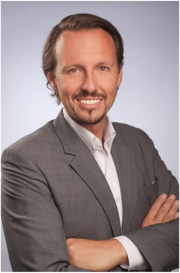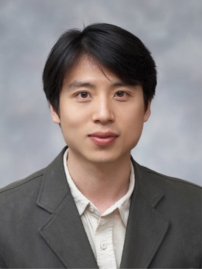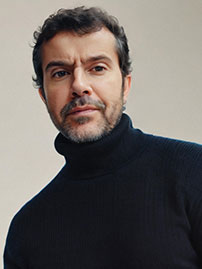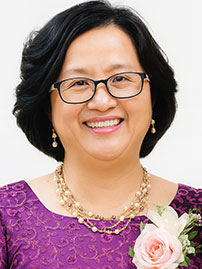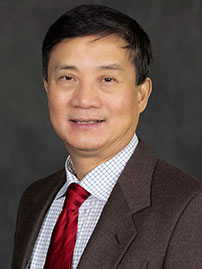Abstract
By looking back at the technology sector, common phrases such as the Internet of Things, Industry 4.0, Big Data, and Artificial Intelligence dominated the discussions through various fields of research, industry, and economy. Due to the rapid development of parallel processing hardware technology, algorithms, and the corresponding software solutions since 2015, this trend experienced unprecedented acceleration, with the release of the first ChatGPT version in late 2022, highlighting the age of AI. Despite the ongoing development of Artificial Intelligence, the excessive expectations in the technology followed by depression and disappointment as one part of a typical hype cycle, this technology offers a wide range of possibilities for researchers and engineers in the field of theoretical, experimental, and computational vibroacoustics if applied correctly and with care.
This presentation examines current developments in artificial intelligence together with risks and opportunities when utilizing the technology to solve problems in the field of vibroacoustic. The importance of high-quality data and its associated nature are stressed, leading to a knowledge-and-experience-enhanced artificial intelligence (keeAI) incorporating problem-specific domain expertise of the developer and engineer, respectively.
The presented examples serve as a possible template for future developments and help to facilitate the application of Big Data approaches and Artificial Intelligence beyond the disappointment of excessive expectations.
Bio of Dr. Marcus Maeder
Doctor Maeder is a fully employed Research Associate at the chair of Vibroacoustics of Vehicles and Machines at the TUM School of Engineering and Design at the Technical University of Munich (TUM), Germany, from which he also received his doctoral degree in Engineering Mechanics with his work “Sound and vibration in a mixed frame - Applications in aeroacoustics and rotor dynamics”. Doctor Maeder is the author and co-author of numerous peer-reviewed journal articles, a book chapter, a patent, and over 50 conference contributions on various research topics in numerical and experimental vibroacoustics. Specifically, this includes applications in the automotive and aerospace sector, civil engineering, medical equipment, and material property identification of monolithic and carbon composite structures. His research is based on the pillars of fundamental theory, numerical methods, experiments, and data-driven approaches to understand wave propagation in solids and fluids and their interaction. In addition to his research, doctor Maeder is teaching courses in “Machine Learning” and “Experimental Vibroacoustics” at TUM and was a guest lecturer for “Noise, Vibration, and Harshness” at Tongji University, Shanghai, China. Besides his commitment as a reviewer for various international journals, Marcus Maeder is an Associated Editor for Numerical and Computational Acoustics for Acta Acustica and the current chair of the Technical Committee on Computational Acoustics within the European Acoustics Association.
